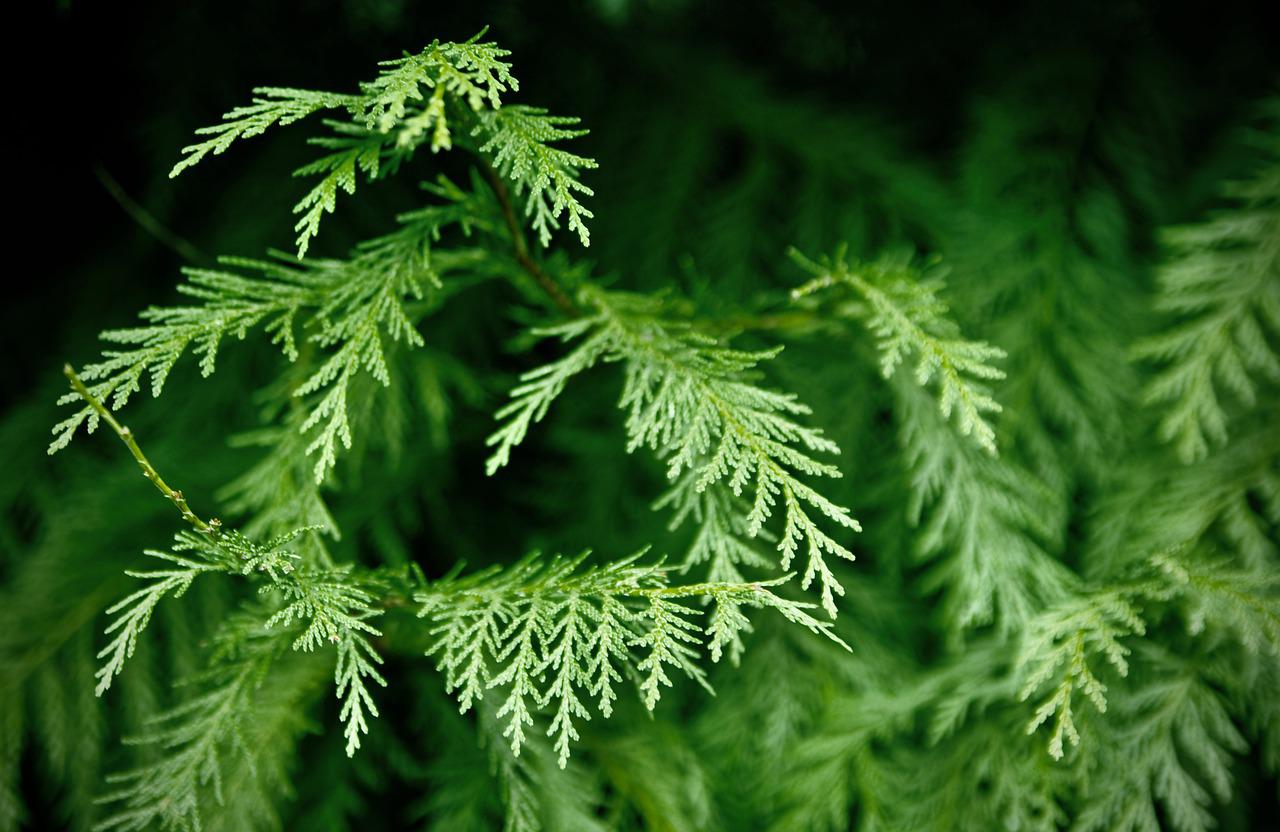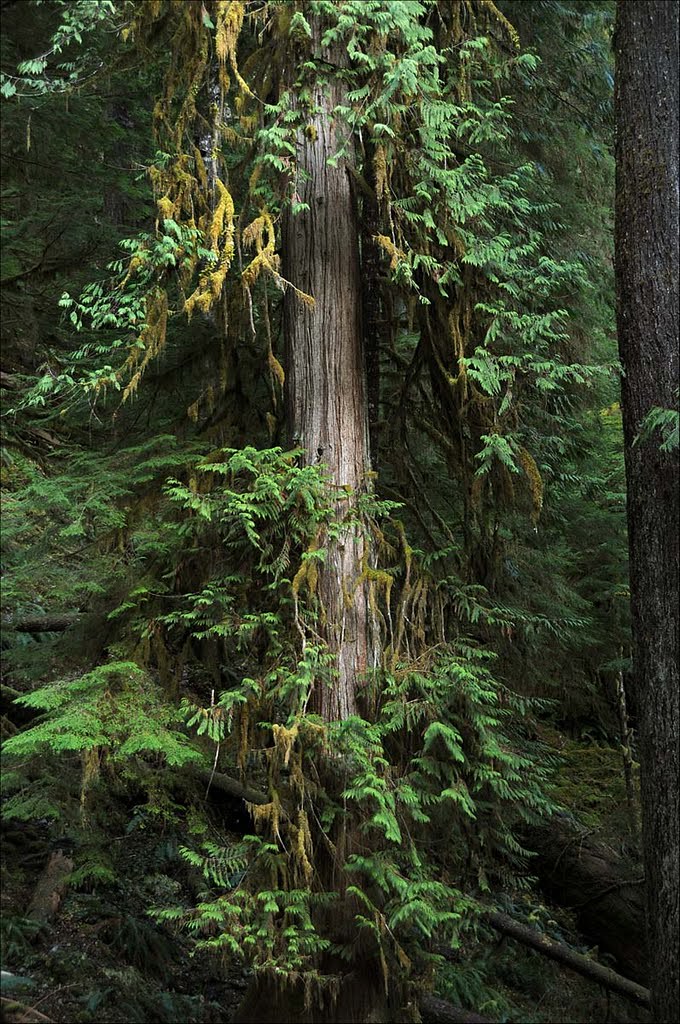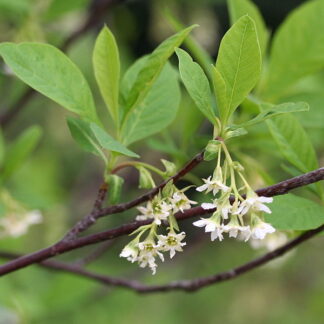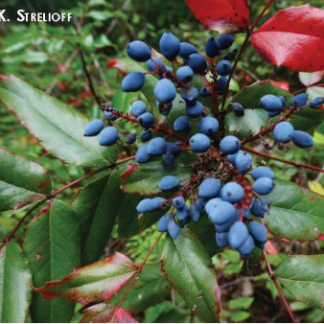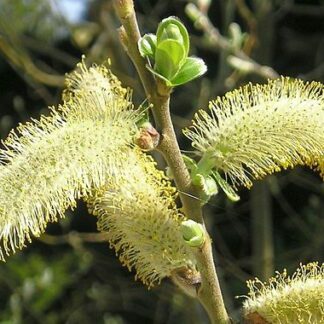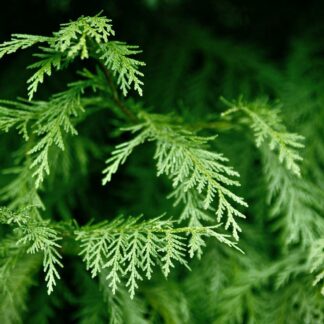Description
Sold in bundles of 25.
At a Glance: Large conifer with branches that droop and then turn back up (J-shaped), broad crowns.
Height: 100-230 feet (30-70 meters).
Stems: Bark is 1-2 cm thick, gray to reddish brown and tears off in long fibrous strips, wood is aromatic, trunk has overall conical structure with buttresses at the base.
Leaves: Leaves are scale-like, arranged in flat opposite pairs, overlapping shingled arrangement, die and shed after 3-4 years. Size: 2 mm long; color: yellowish-green with glossy luster.
Flowers: Pollen cones are small and numerous, pollen and seed cones occur on separate branches, pollen cones are 2 mm long and narrowly cylindrical, female cones are 10-19 mm long and stubby; primary color: woody-brown.
Fruits: Cones are arranged in loose clusters, turned upward on branches, seeds are two-winged; cone shape: egg-shaped, narrow elliptical; size: 4-7 mm long; color: green when immature changing to light brown.
Conservation Uses: Western Red Cedar is an ecological, economic, and culturally valuable species in the region. It is often a vital component of healthy, functioning riparian habitat. This tree is well-suited for stream bank and wetland buffer areas. A mature tree provides shade, stream-side stabilization and wildlife habitat.
Helpful Tips: This tree grows best in cool, moist areas, such as along stream banks and shaded areas, though it will grow in full sun at a slower rate. As with any other newly planted tree, it should be watered during the dry season during the first 2-3 years while it becomes established. Browsing damage caused by deer, elk, and rodents can result in significant damage to young seedlings and saplings, and may require appropriate protection. Click HERE to determine your recommended planting density.
Ethnobotany: Throughout the entire Pacific Northwest, this is the tree that is used most extensively. House planks, house posts, roof boards and canoes are made exclusively from this wood. Boxes, dugouts, cradles, and arrow shafts are also made from the wood. The Quileute make the hearth of fire drills out of cedar. The Squaxin make the herring rake of cedar. The charcoal of cedar wood mixed with salmon eggs is used to blacken canoe paddles. The bark of the tree was used more extensively than the wood, for a variety of purposes. It is shredded fine enough for cradle padding, sanitary pads, and towels. A coarser grade is plaited into skirts and capes, and later into complete dresses. Shredded bark is used for ceremonial head bands and for playing slahalem. Broad, un-shredded layers of bark were used as dishes and as cooking pit liners. Canoe bailers are made of cedar bark lashed with wild cherry bark. Wads of shredded bark are used as tinder for fires and slow torches. Narrow strips are woven into mats by the Makah. The mats could also be used as a sail. The limbs of the cedar tree are stripped of leaves, soaked, and twisted into ropes. These are remarkably strong and were used by the Quinault, Quileute, and Makah for towing home dead whales. Cedar limbs are used for openwork baskets by the Quinault and Squaxin, and also for weaving with vine maple sticks for fish weirs. The roots of the cedar were used widely, for both the coiled and imbricated basket. The wood is used extensively in modern construction, it is light, strong, and resistant to decay; perfect for shingles, shakes, and decking materials.
The Lummi chew the bud for sore lungs, the Cowlitz chew them for toothache, and the Skokomish boil them for a gargle. The Skagit boil the ends of the leaves for coughs. The Chehalis peel the bark of a small tree, and the inner part is chewed or boiled and the liquid drunk to bring about menstruation. The leaves and limbs were used to scour the body in bathing.
The tree has spiritual qualities, whalers placed the branches under their bed for good luck. There is also a strong association with this tree and death, Lummi men, when burying a corpse, chew cedar tips to avoid nausea. Cedar limbs, singed, were used by the Lummi as a broom to sweep off the walls of a house after the removal of a corpse. The Skagit burned cedar limbs at night and waved them through the house to scare the ghost after death.
| Sun/Shade Tolerance | Hydrology | Elevation Range |
| Shade tolerant, will germinate in shady understory.
|
Can establish in drier sites with rich soils.
|
Sea level to 1250 meters.
|
| Soil Preferences | ||
| Prefers nutrient rich soils with poor drainage. | ||
|
|
|
|
| Wildlife Value | |
|
|
Birds: Birds that eat the winged seeds include grosbeaks, sparrows, waxwings, nuthatches, and siskins. The dense foliage provides important shelter and nest sites for birds such as juncos, jays, and warblers. Cavity-nesting birds roost in the cavities of the mature cedar trees. Mammals: Deer and elk browse on the twigs and foliage. Trees squirrels and porcupines use the fibrous bark strips for nesting material. |
References:
Pojar, Jim, and Andy MacKinnon. Plants of the Pacific Northwest Coast: Washington, Oregon, British Columbia & Alaska. Revised ed. Redmond, Wash.: B.C. Ministry of Forests and Lone Pine Pub., 2004. Print.
“Sound Native Plants.” Sound Native Plants. Web. 31 Oct. 2014. <www.soundnativeplants.com>.

